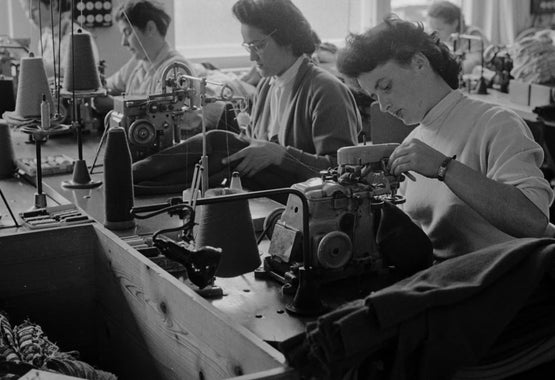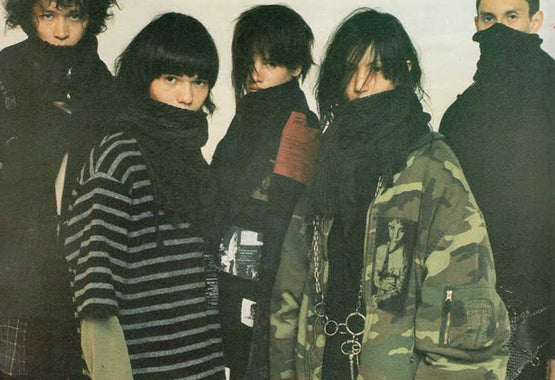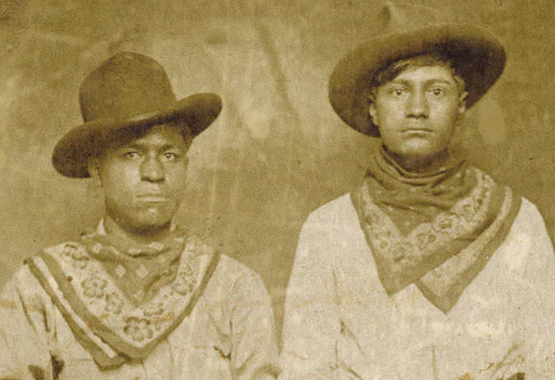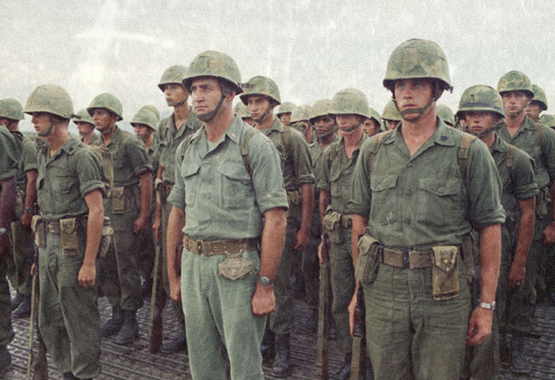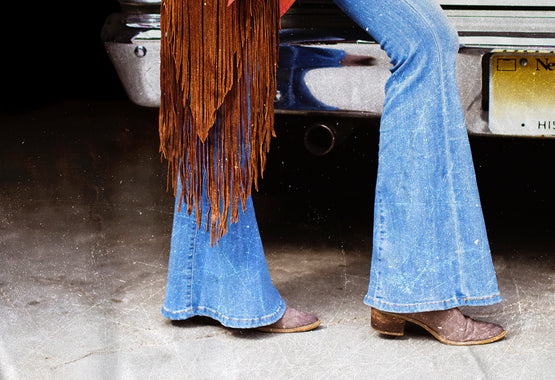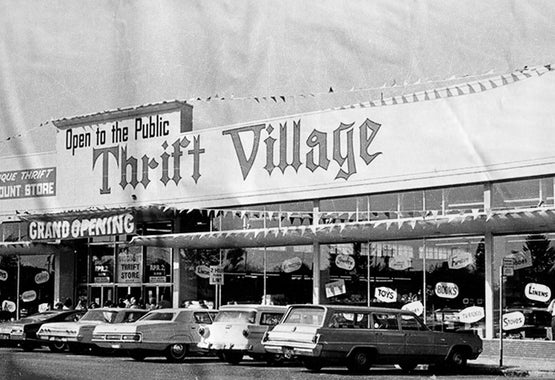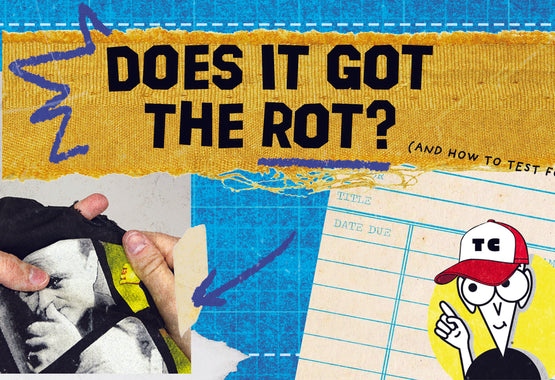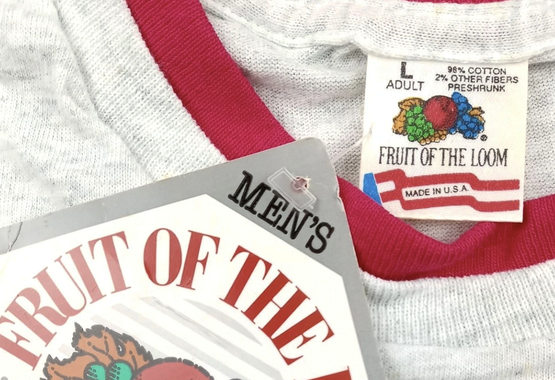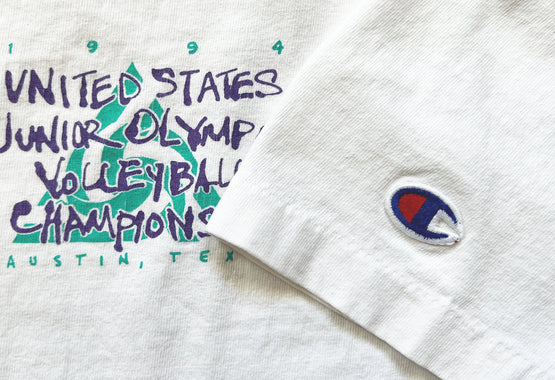The Rich History Behind TikTok’s Favorite Pants, The OG-107
written by Thomas Starr
If your For You Page is anything like ours’, then you’ve definitely seen people talking about one the trendiest pairs of pants in the vintage world. Commonly referred to as just “fatigue pants,” the OG-107 is one of the most timeless pieces of military clothing ever produced. As such, they’re currently seeing a massive revival online, with countless posts highlighting both the green cotton shirt and pants. The pants especially have become very popular due to their versatility and baggy, straight legged fit. The sheer amount of pieces available also contributes to the uniform’s popularity, as a thrift trip is very likely to result in at least one fatigue shirt or pair of pants. But while the OG-107 continues to increase in popularity, with numerous brands replicating the vintage silhouette, few people know about the history of the most famous uniform ever produced. ThriftCon University is here to fix that by giving y’all a little history lesson about the storied history of this vintage icon.

The uniform’s name originates from the US Military’s color code, with Olive Green 107 being the specific shade used on this iconic set. First produced in 1952 during the Korean War, the uniform would go on to be used for over two decades, officially being replaced by its successor, the poly-cotton OG-507, in 1975. The 507 would go on to be produced until 1989, when it was replaced by the woodland camo BDU. These combined 37 years of use are the reason why finding pieces of the uniform is still easy, as over three generations of soldiers were given the uniform to wear on base. Also contributing to its current prevalence is the fact that the uniform saw very limited combat use after the mid-60s, as the “jungle fatigue” uniform would be issued to combat units in the latter part of the Vietnam War. As such, most OG-107s and 507s were exclusively worn on base, resulting in much less damage to the garments. This means that today you can easily find pristine condition OG-107s for relatively cheap online, or even thrift a pair for an absolute steal.

But not all OG-107s are created equal. Over the course of its lifetime, the uniform underwent three different iterations: the Type I, Type II, and Type III. The first, the Type I, was worn from 1952 until 1963 and featured rectangular pocket flaps, no cuff on the shirt sleeve, and waist adjusters on the pants. The Type II, produced from 1963 to 1964, would “clip” the shirt pocket flaps, making them more trapezoidal. The Type III, produced from 1964 to 1975 (1989 as the OG-507), would introduce more changes to the uniform. The pocket flaps on the shirt were revised once again, now featuring a triangular point at the end. Additionally, the shirt received a button cuff while the pants lost their waist adjuster. Due to its long production run, the Type III is the most commonly found version of the uniform today, while the Type II is the rarest due to its very short lifespan.

But while it’s cool to know what type of OG-107s you have, it’s even cooler to know exactly what year they were made. Thankfully, just like with all military clothing, it’s especially easy to date OG-107 pieces using the stock number on the tag. The stock number, or contract number, is used to identify when the item was made and what type of item it is. Simply look for a number with a prefix of DA (Defense Agency), DSA (Defense Supply Agency), or DLA (Defense Logistics Agency). The DA prefix was used from 1953 until 1961, or during the Korean and early Vietnam Wars, and will be followed by a string of numbers. Look towards the end of this number for two digits, ranging from 53 to 61, to find the year of manufacture. For DSA stamped items, running from 1962 to 1977, the dating is slightly more complicated. Simply follow this useful guide from Overlooked Military Surplus:
- 1962 thru 1964 – Prefix of DSA-1, Suffix of E6Y (Y=Year)
- 1965 – Prefix of DSA-1, No Dating Suffix
- 1966 – Prefix of DSA-100, No Dating Suffix
- 1967 thru 1977 Prefix of DSA-100, Dating Suffix of YY

Finally, the DLA stamp, used from 1978 to 1993, follows the same format as the last DSA system, meaning the number will end with a YY suffix to show the date. These contract numbers make dating OG-107s, or any other type of military gear, incredibly simple. All you have to do is just look for the year written on the tag, it doesn’t get easier than that.
Now that you’ve learned the history of the viral military pants, you might be tempted to buy a pair for yourself. Unfortunately, the newfound popularity of the OG-107 makes it much harder to find a pair today compared to 5 years ago, but that doesn’t mean it’s impossible. To find the shirt, one can likely just go to their local thrift repeatedly until one inevitably shows up, as the shirts are quite common in standard thrift stores and the bins. The pants are a different story however, as they’ve become such a sought after item. While you may get lucky and find a pair at the thrift, your best bet is to look on sites like eBay for them, as online vendors have them in large supply, albeit at a premium. For a slightly better deal, try checking out your local flea or vintage market, as there’s likely at least one seller specializing in militaria. Finally, to get a crazy deal, check out army surplus stores as they’ll often have vintage military gear for super cheap.
Once you do find a pair, don’t be afraid to beat them up, the military made these things to last. Plus, once they inevitably do fall apart, the lightweight sateen is incredibly easy to repair, and the pants look arguably even better with patches and rips. So enjoy your (not so) new OG-107s, even once the trend dies down. They’re a timeless pant that’s bound to get you numerous compliments every time you wear them, whether or not TikTok is going crazy for them.

